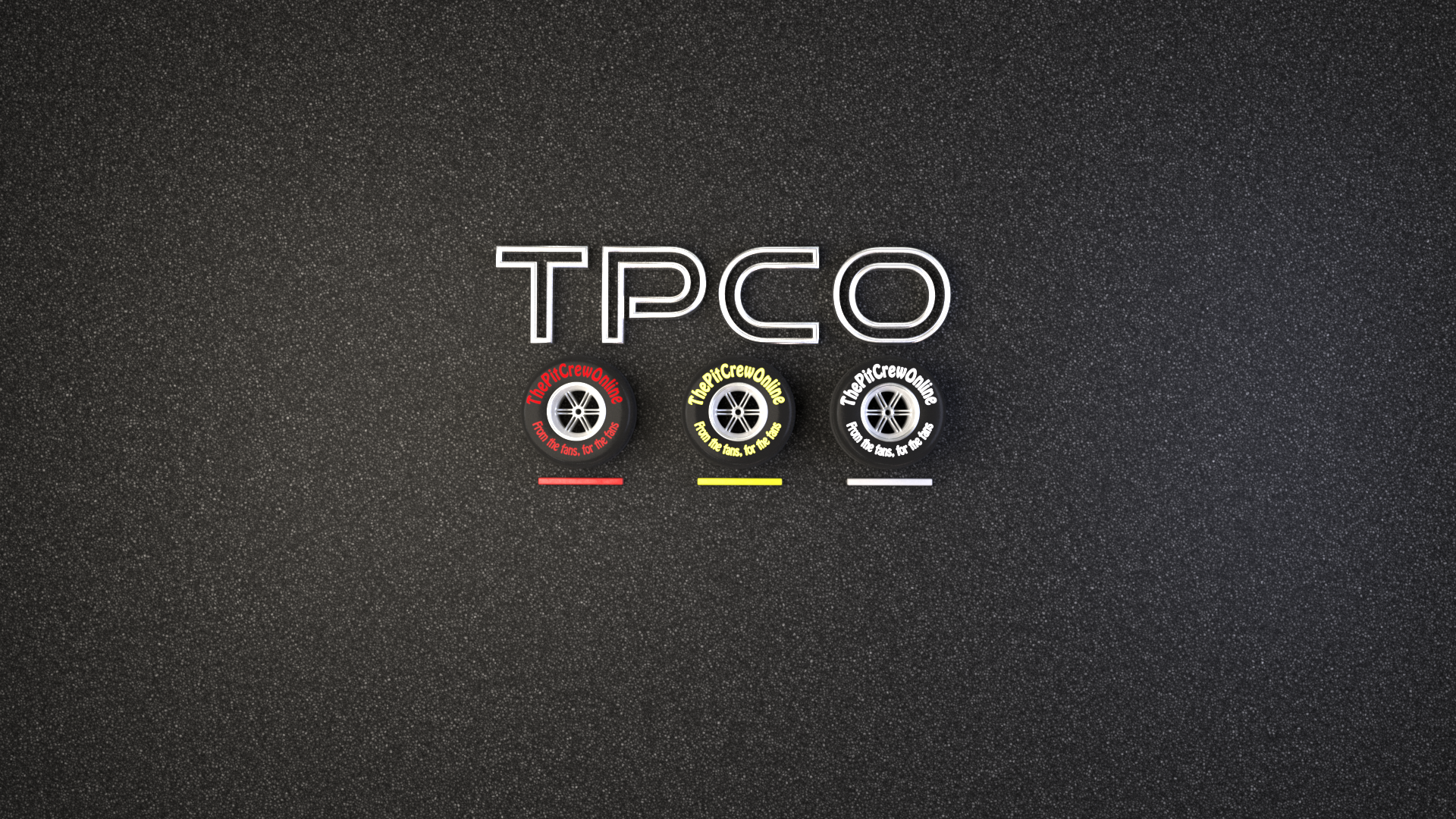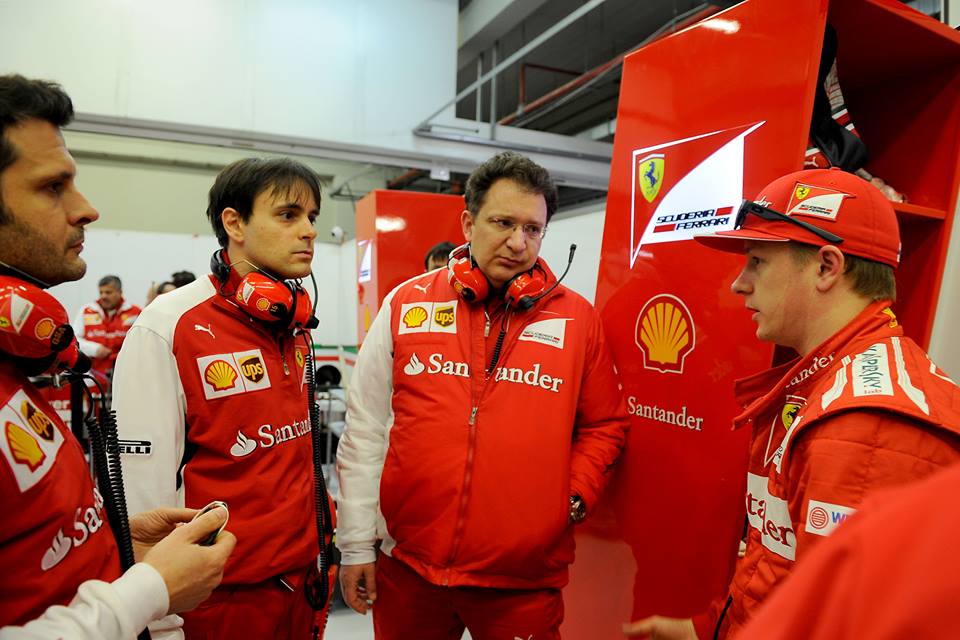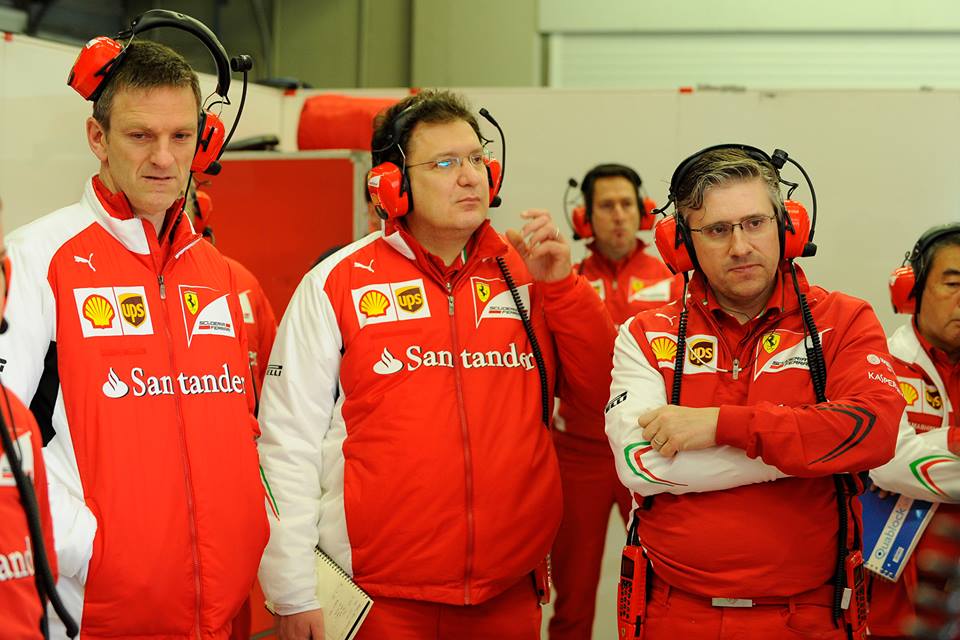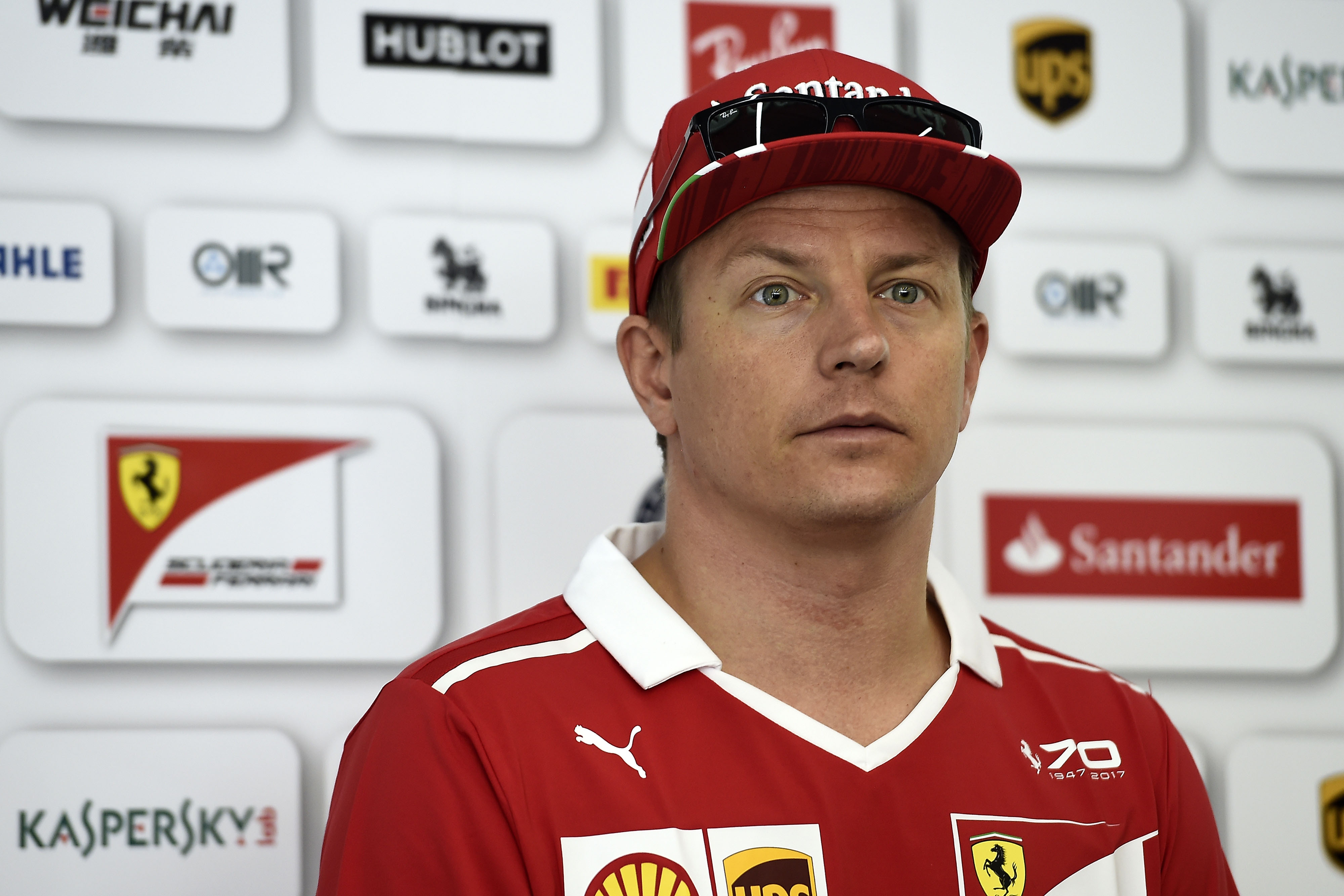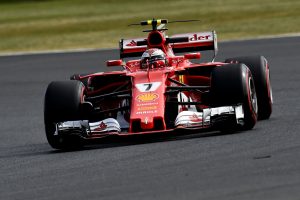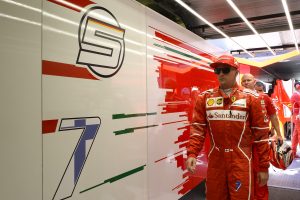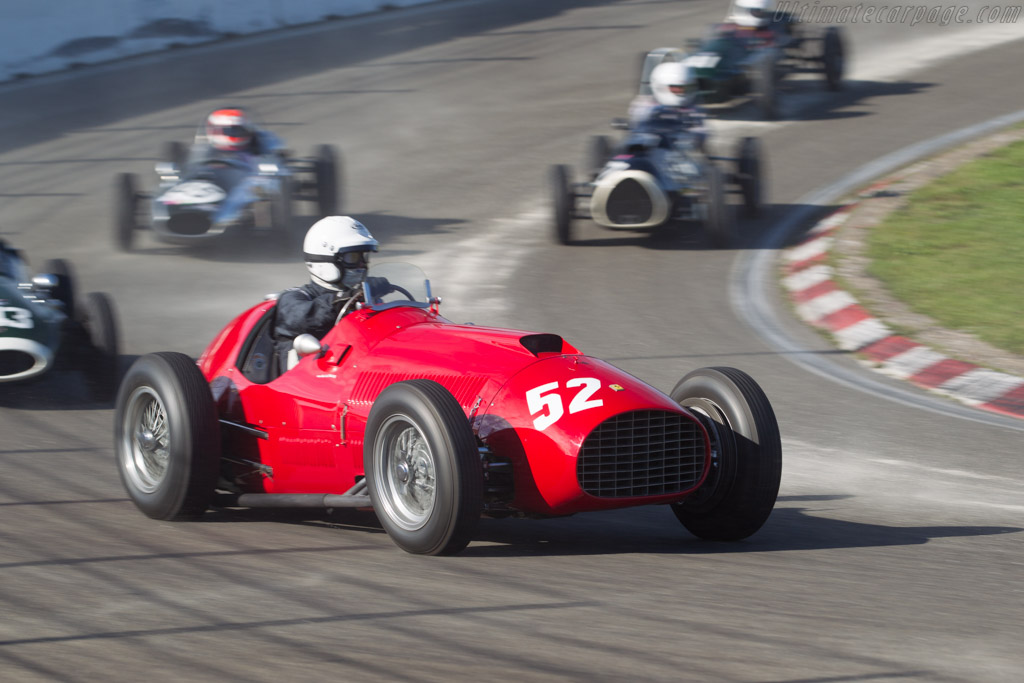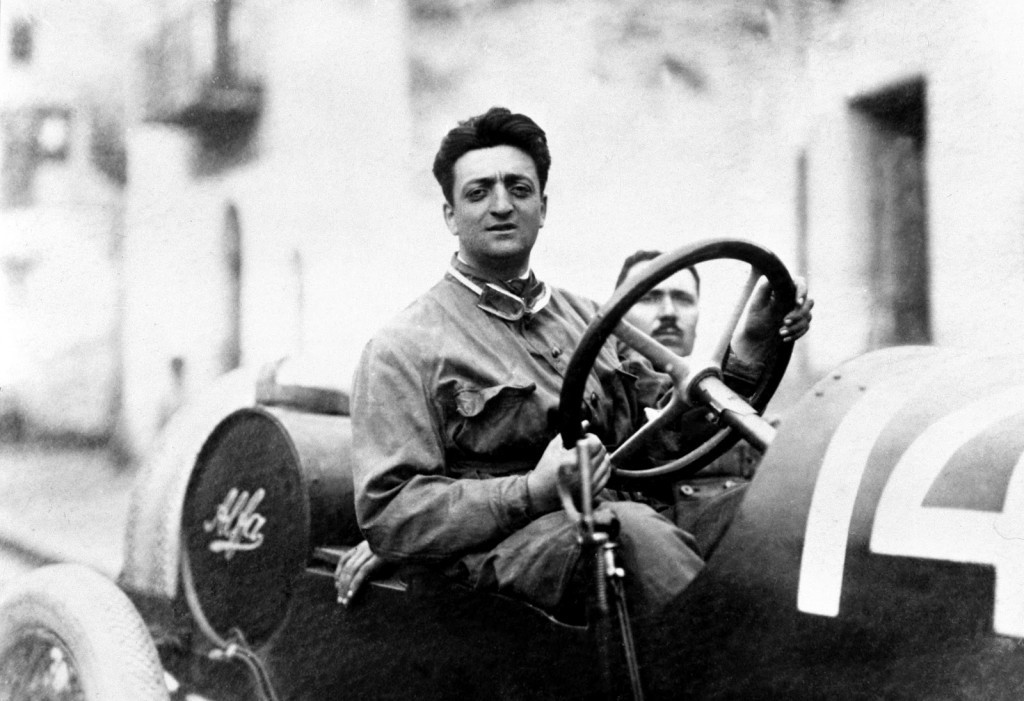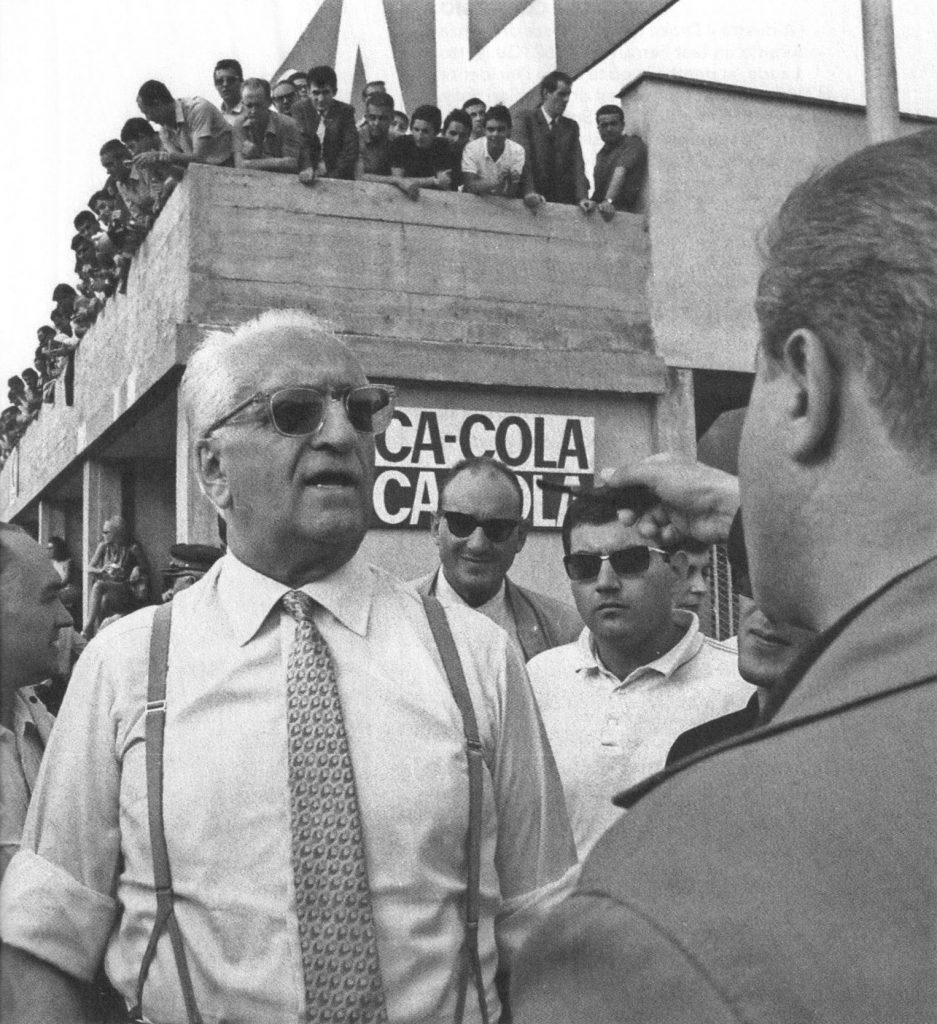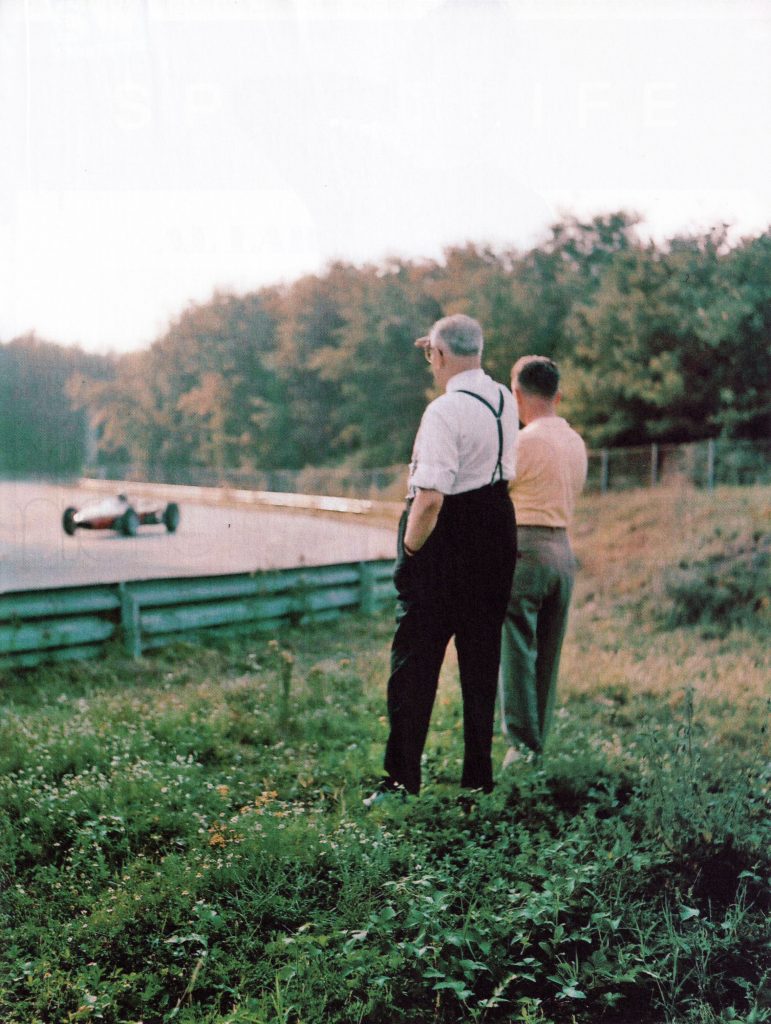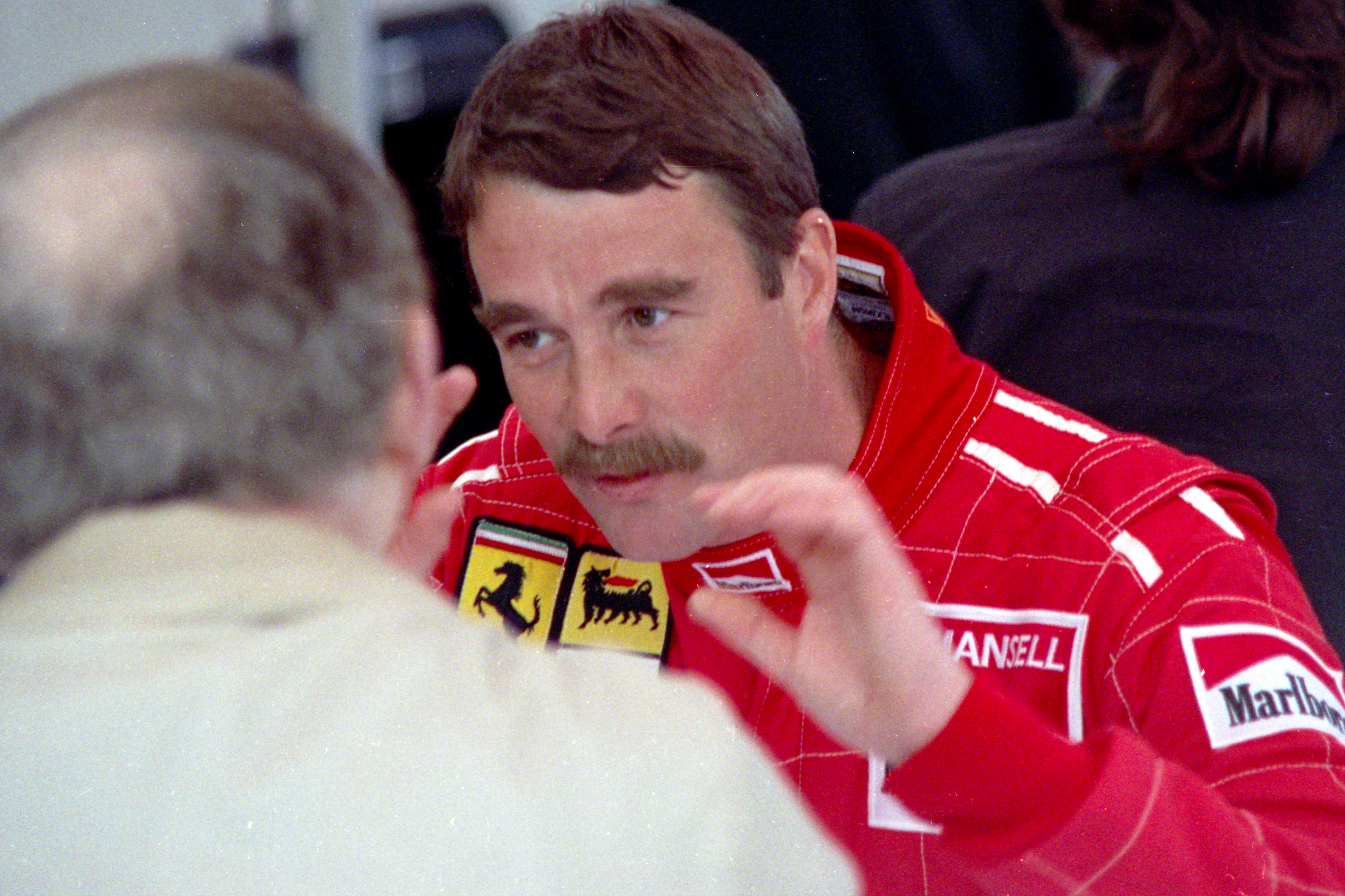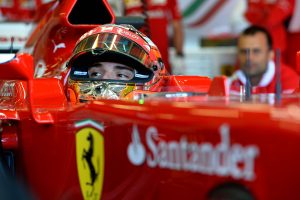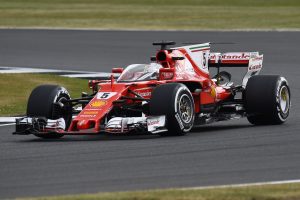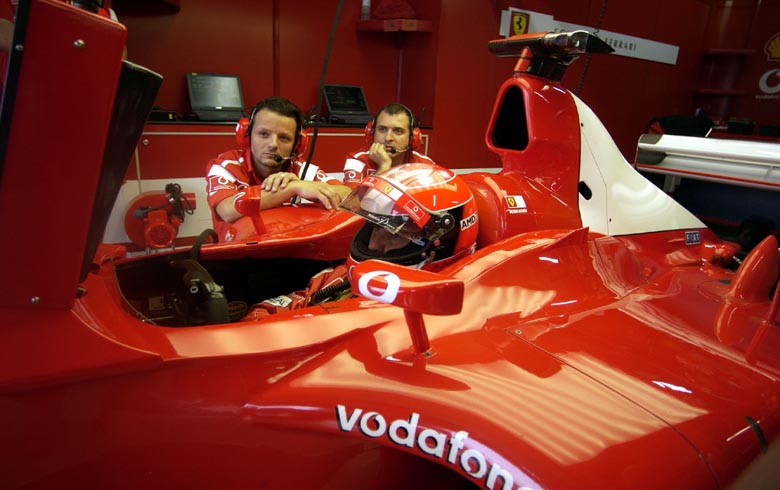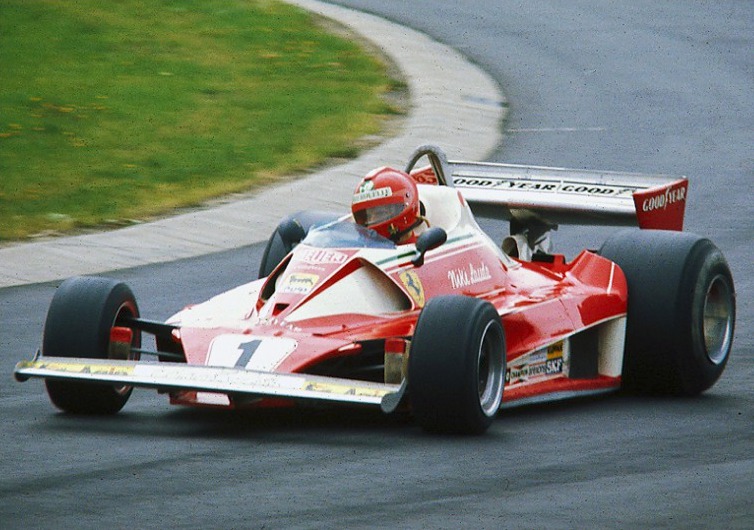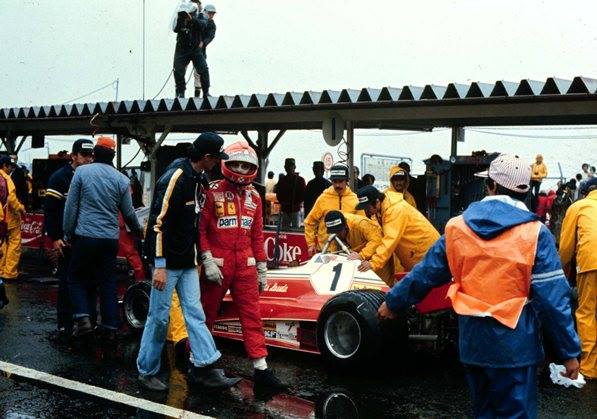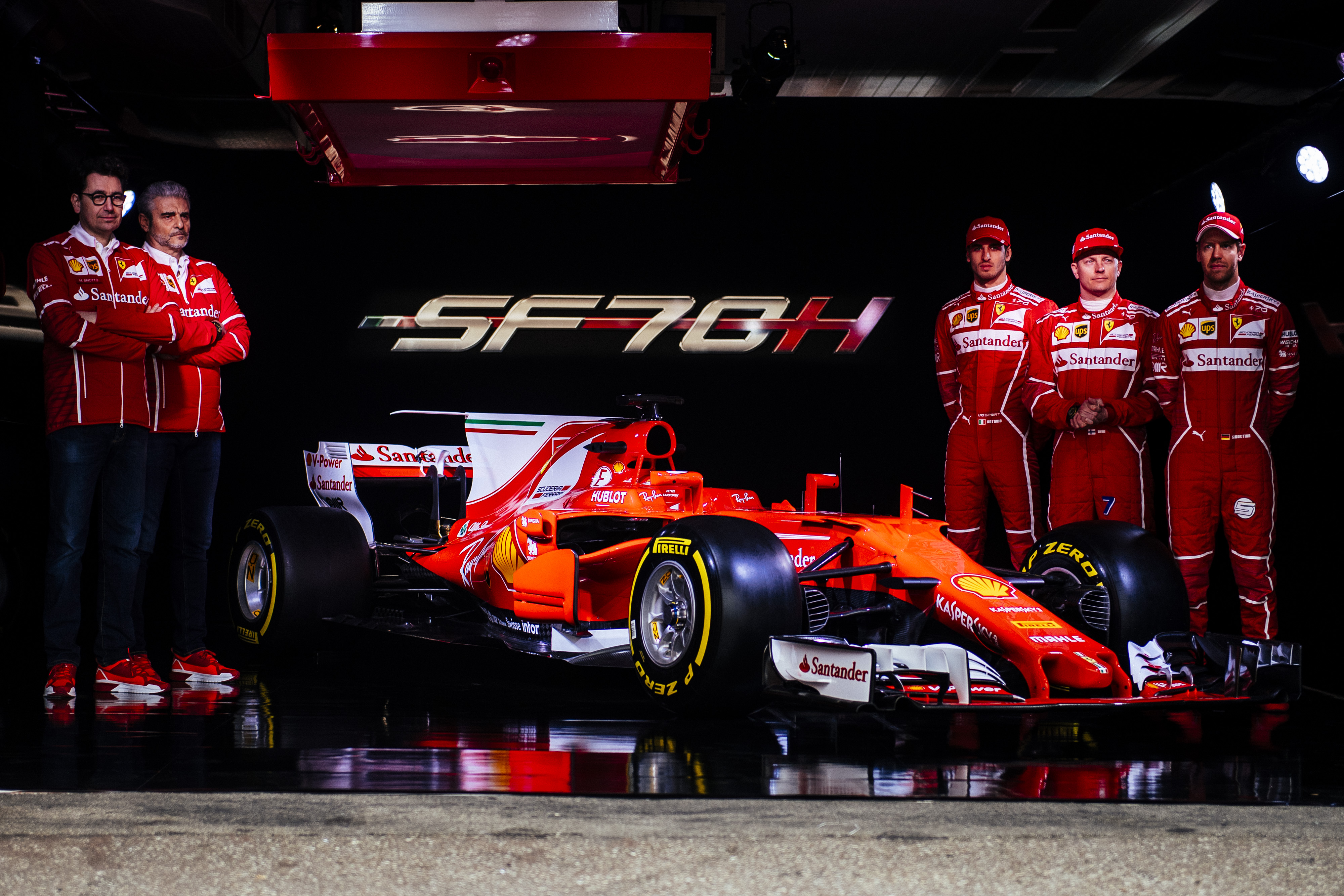
© FOTO STUDIO COLOMBO PER PIRELLI MEDIA (© COPYRIGHT FREE)
Formula One returns off the back of a thrilling Belgian Grand Prix in which Lewis Hamilton clinched a well-deserved win. This week, the drivers will return to the Autodromo Nazionale Monza for the thirteenth round of the 2017 F1 season. With just seven points – the difference between first and second place separating Lewis Hamilton and Sebastian Vettel – things could soon change at the ‘Temple of Speed’ this weekend.
Ferrari: Is the comeback on?
Ferrari impressed at Spa last weekend, despite the track seeming to not suit the set up of their car. Vettel pushed Hamilton all the way to the end, coming close at the end of the safety car restart. He dived up the inside, only to fall foul of the Mercedes’s top line speed. The upgrades to the SF70-H certainly worked wonders at the Belgian circuit. Ferrari will be looking for another win at their home race in front of the passionate Tifosi this weekend and with their showing in Spa, they can certainly be a safe bet on taking the chequered flag for the first time since 2010.
They will need to nail their qualifying position at the circuit and the support of the passionate Italians will certainly provide the team with some much needed confidence. Vettel will want to win his first Italian Grand Prix in Ferrari red, chasing the record five wins that the legendary Michael Schumacher achieved in his time as a Ferrari driver. Expect the Italian team to be riding high with the support of the home crowd behind them.
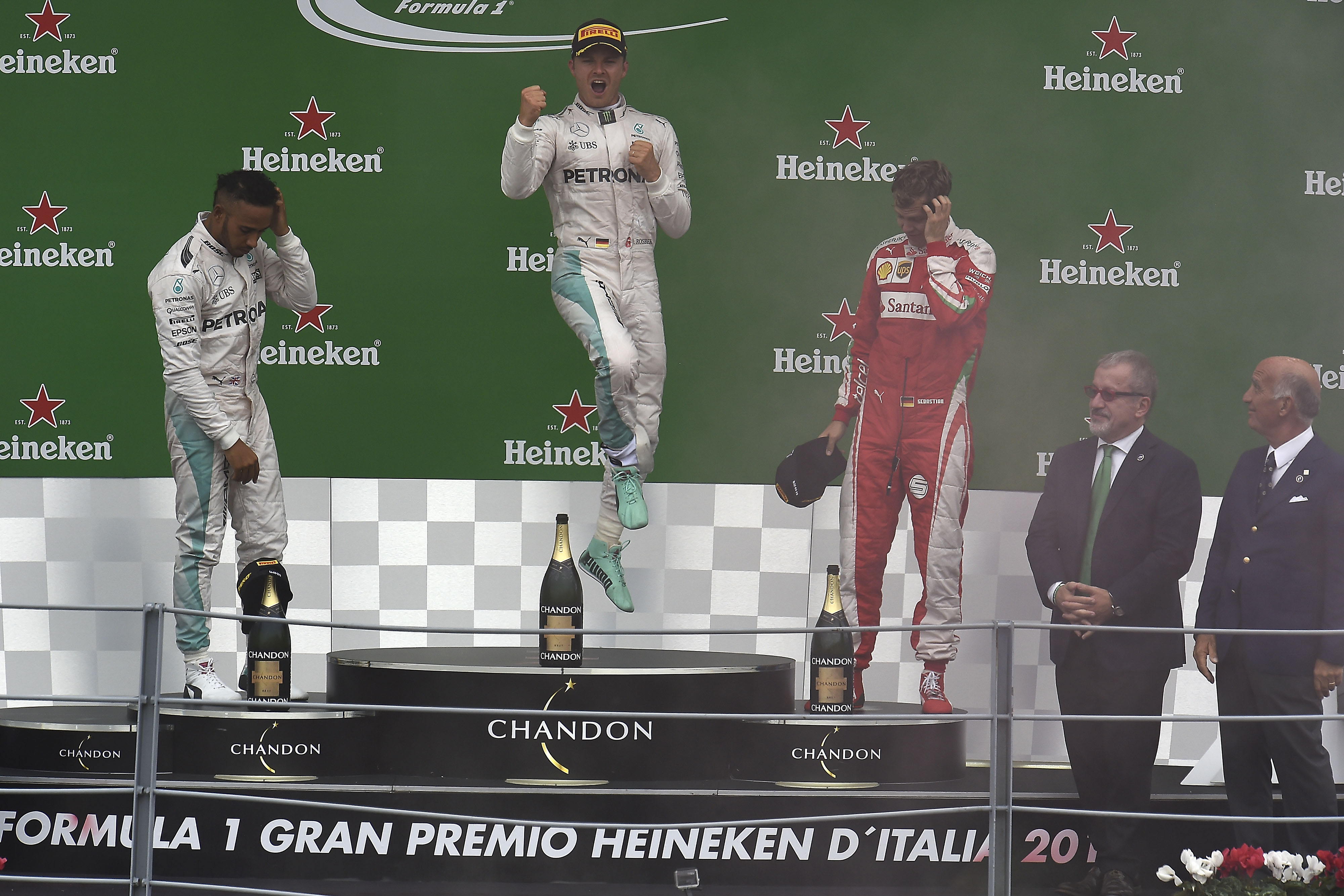
© FOTO STUDIO COLOMBO PER PIRELLI MEDIA (© COPYRIGHT FREE)
Mercedes: one eye on the competition
Mercedes left Spa as a team of mixed fortunes. Hamilton claimed a dominant pole and a win that he had to fight until the bitter end for, whilst Valtteri Bottas had a race to forget. On the safety car restart, he was left vulnerable on his soft tyres to the attack of Daniel Ricciardo and Kimi Räikkönen, forced off the track and recovering to fifth. Mercedes brought the fourth and final reincarnation of their engine to Spa in order to get around the lower oil burn regulations that come into play for engines introduced after this weekend. It was a decision that flared tempers within Ferrari as the Maranello outfit have yet to introduce the latest incarnation of their engine.
Mercedes surely will be tentative as they enter the Ferrari hunting ground. The circuit itself seems to favour the Silver Arrows with its long straights and low drag, however, Ferrari’s showing at the previous race where the circuit wasn’t one of their strongest will have put Mercedes on the alert. Hamilton will be aiming for Mercedes’s fourth consecutive Monza win and the chance to finally become the championship leader after trailing Vettel all season. Expect Mercedes to keep one eye on the competition, but focus on the job ahead.
Trouble brewing at Red Bull
Red Bull seemed to put themselves in a strong position in Spa. Despite the misfortune of Max Verstappen’s sixth DNF this season, Daniel Ricciardo managed to fight his way onto the podium and claim a third place after a couple of disappointing races. The Austrian team also ran some aero trails which proved critical towards their success in Spa and could potentially earn them success in Monza. Red Bull tested a new spec low-drag rear wing on Ricciardo’s car. This set up will suit the low-downforce track and long straights that Monza is famous for.
However, despite this positivity, Verstappen is set for grid penalties at the circuit after his fourth and final combustion engine failed on the ninth lap of the Belgian Grand Prix. This will no doubt make the young Dutchman hungry to carve his way through the field, hungry for success. However, the doubts over Renault and over their ability to provide a competitive engine will continue to rage, casting Verstappen’s future potentially into doubt.

© FOTO STUDIO COLOMBO PER PIRELLI MEDIA (© COPYRIGHT FREE)
Force India: Round Two?
The boxing gloves came out once more at Spa as Force India teammates Sergio Perez and Esteban Ocon came to blows not once, but twice. They clashed in the opening lap with Perez bumping his teammate into the wall as they came towards Eau Rouge. However, things did not end there. On lap 30, Perez squeezed Ocon into the wall in a similar place as they came up towards Eau Rouge, however, on this occasion the outcome was not so favourable. It ended Perez’s race with a puncture as he spilled debris onto the track, bringing out the safety car. However, Ocon’s race was also compromised by a broken front wing and he limped home in ninth position. Such loss of points have forced the team to take a similar approach to Mercedes last season and introduce new rules of engagement.
Monza will be the first race that these will come into play and although, it seems that the racing will become diluted, it is easy to consider things from Force India’s viewpoint. They do not want to lose any more points and surrender the fourth place they hold in the constructor’s championship as it would affect funding for next year.
McLaren: The curious case of Fernando Alonso
McLaren had a race to forget in Spa. Stoffel Vandoorne had a 65 grid penalty to take as a result of exceeding his quota of power unit elements and for changing his gearbox. Fernando Alonso had similar mixed luck. He failed to get into Q2 due to a failure within the software running in his car as taking Puhon flat confused the system and left the Spaniard with no power. This continued into the race as despite a good start, Alonso retired on lap 26, reporting that once again there was no power. It’s a phrase that has sadly become the norm over the McLaren team radios. However, shortly after the race, Honda reported that they could not find fault with Alonso’s power unit.
The former world champion had cut a sullen figure all weekend, using his radio to voice his opinion of the car, and things are not likely to change at Monza. The long straights will not favour the Honda engine and it’s likely that the team will have another weekend to forget. Alonso is also poised to take penalties as a result of taking a new upgraded engine to the race, it is hoped that by doing so, McLaren will be in a stronger position for the Singapore GP, considered one of the lower-power circuits. However, the question for McLaren is over Alonso’s future. The former world champion has made it clear that he is unhappy with the technology in the car and that he has other offers on the table. Although it will be a race to forget for McLaren, the future of Fernando Alonso will still loom large over Monza.
The Italian Grand Prix will commence on Friday 1st September with practise at 10am local time, followed by qualifying on Saturday 2nd September at 2pm local time. The race will be held on Sunday 3rd September at 2pm local time.
Sarah Jarvis
